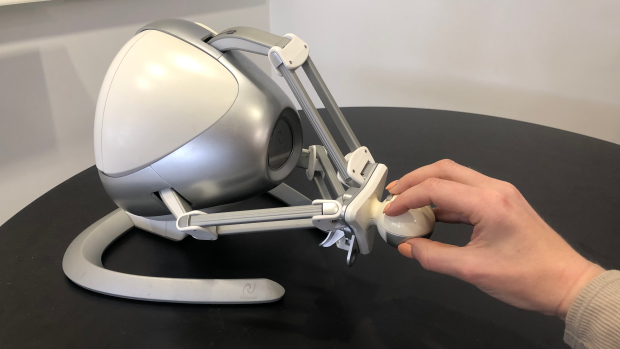Do Videogames Made to Improve Children’s Mental Health Work?

In a review of 27 different studies, a Johns Hopkins Children’s Center team concludes that some video games created as mental health interventions can be helpful – if modest – tools in improving the mental well-being of children and teens with depression and attention-deficit/hyperactivity disorder (ADHD). They did not significantly help with anxiety, however.
A report on the review of studies from peer-reviewed journals between 2011 and March 20, 2024, was published in JAMA Pediatrics.
An estimated 20% of children and teenagers ages three to 17 in the US have a mental, emotional, developmental or behavioural disorder.
“We found literature that suggests that even doubling the number of paediatric mental health providers still wouldn’t meet the need,” says Barry Bryant, MD, a resident in the Department of Psychiatry and Behavioral Sciences in the Johns Hopkins University School of Medicine and first author of the new study.
In a bid to determine if so-called “gamified digital mental health interventions,” or video games designed to treat mental health conditions, benefited those with anxiety, depression and ADHD, the research team analysed their use in randomised clinical trials for children and adolescents.
Bryant and child and adolescent psychologist Joseph McGuire, PhD, identified 27 such trials from the US and around the world. The studies overall included 2911 participants with about half being boys and half being girls, ages six to 17 years old.
The digital mental health interventions varied in content, but were all created with the intent of treating ADHD, depression and anxiety. For example, for ADHD, some of the games involved racing or splitting attention, which required the user to pay attention to more than one activity to be successful in gameplay. For depression and anxiety, some of the interventions taught psychotherapy-oriented concepts in a game format. All games were conducted on technology platforms, such as computers, tablets, video game consoles and smartphones. The video games are available to users in a variety of ways. Some are available online, while others required access through specific research teams involved in the studies.
The research team’s analysis found that video games designed for patients with ADHD and depression provided a modest reduction (both with an effect size of .28) in symptoms related to ADHD and depression, such as improved ability to sustain attention and decreased sadness, based on participant and family feedback from the studies. (An effect size of .28 is consistent with a smaller effect size, where as in-person interventions often produce moderate [.50] to large [.80] effects.) By contrast, video games designed for anxiety did not show meaningful benefits (effect size of .07) for reducing anxiety symptoms for participants, based on participant and family feedback.
Researchers also examined factors that led to improved benefit from digital mental health interventions. Specific factors related to video game delivery (i.e., interventions on computers and those with preset time limits) and participants (i.e., studies that involved more boys) were found to positively influence therapeutic effects. Researchers say these findings suggest potential ways to improve upon the current modest symptom benefit.
“While the benefits are still modest, our research shows that we have some novel tools to help improve children’s mental health – particularly for ADHD and depression – that can be relatively accessible to families,” says Joseph McGuire, Ph.D., an author of the study and an associate professor of psychiatry and behavioural sciences in the school of medicine. “So if you are a paediatrician and you’re having trouble getting your paediatric patient into individual mental health care, there could be some gamified mental health interventions that could be nice first steps for children while waiting to start individual therapy.”
The team cautioned that their review did not indicate why certain video game interventions performed better than others. They also note that some of the trials included in the study used reported outcome measures, and the studies did not uniformly examine the same factors which could have influenced the effects of the treatment. Some of the video games included in the studies are not easily accessible to play.
The researchers also noted that while video game addiction and the amount of screen time can be concerns, those children who played the games studied in a structured, time-limited format tended to do best.
Source: Johns Hopkins Medicine





